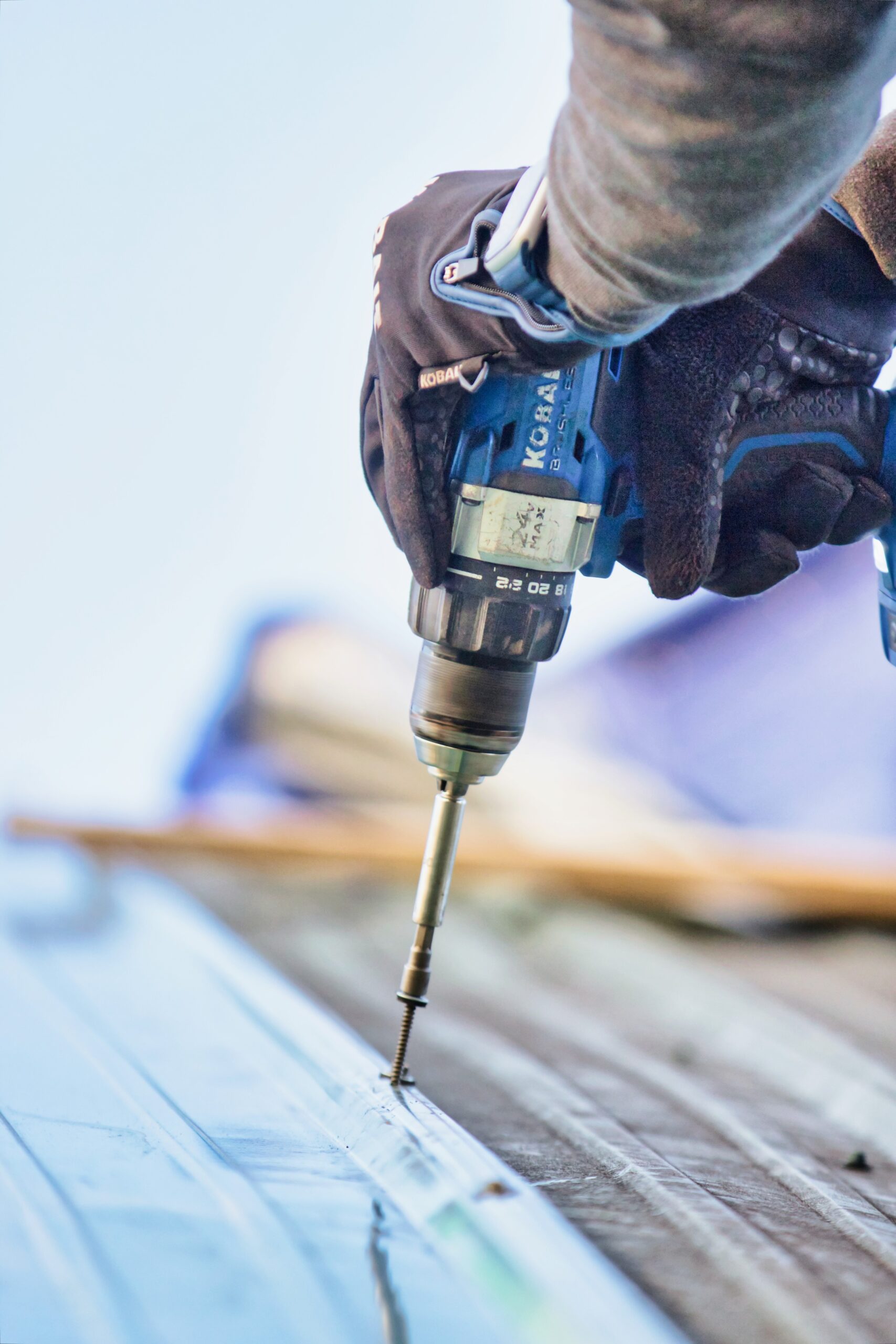Comparing Shingle Materials: Making the Right Choice for Your Roof
When it comes to selecting the perfect shingle material for your roof, understanding the benefits and characteristics of different options is crucial. Each type of shingle material brings its unique advantages, allowing you to tailor your choice based on factors like budget, climate, and desired aesthetic. Let’s delve deeper into the various shingle materials, including asphalt, wood, metal, and slate, and explore their distinct qualities.
Asphalt Shingles: Affordable and Versatile
Asphalt shingles continue to dominate the roofing market due to their affordability, versatility, and ease of installation. Composed of a fiberglass base mat coated with asphalt and ceramic granules, these shingles offer a wide array of colors, styles, and thicknesses. Asphalt shingles provide good fire resistance, excellent waterproofing properties, and can withstand diverse weather conditions. With their cost-effectiveness and durability, they remain a popular choice for homeowners.
Wood Shingles: Timeless Beauty and Natural Charm
If you seek a roofing material that exudes timeless beauty and natural charm, wood shingles are an excellent option. Typically crafted from cedar, redwood, or pine, wood shingles offer exceptional durability and resistance against insects and rot. Beyond their aesthetic appeal, wood shingles provide excellent insulation properties, keeping your home cool in summer and warm in winter. However, it’s important to note that wood shingles require regular maintenance, including staining or treating, to prevent decay and extend their lifespan.
Metal Shingles: Durability and Energy Efficiency
Metal shingles have gained popularity due to their durability, longevity, and energy efficiency. Crafted from materials such as aluminum, steel, or copper, they are lightweight yet sturdy, making them resistant to extreme weather conditions, including high winds and heavy snowfall. Metal shingles come in various styles, including interlocking panels that can mimic the appearance of traditional materials like wood or slate. Additionally, their recyclability makes them an eco-friendly choice, while their reflective properties reduce heat absorption, resulting in lower cooling costs.
Slate Shingles: Elegance and Longevity
For those seeking unparalleled elegance and longevity, slate shingles are a premier choice. Made from natural stone, typically slate, they offer a distinctive and sophisticated look for any home. Renowned for their resistance to fire, rot, insects, and harsh weather conditions, slate shingles can last well over a century when properly installed and maintained. While slate shingles come with a higher price tag compared to other materials, their exceptional durability and aesthetic appeal make them a worthwhile investment for homeowners seeking a premium roofing option.
Conclusion:
When it comes to shingle materials, understanding their unique attributes is essential in making an informed decision. Whether you opt for the affordability and versatility of asphalt shingles, the timeless beauty of wood shingles, the durability and energy efficiency of metal shingles, or the elegance and longevity of slate shingles, each material has its advantages. Consider factors like budget, climate, architectural style, and personal preferences to find the perfect match for your home. Remember to consult with roofing professionals to ensure proper installation, maximizing the lifespan and performance of your chosen shingle materials. With the right selection, your roof will not only provide protection but also enhance the overall appeal of your home for years to come.



